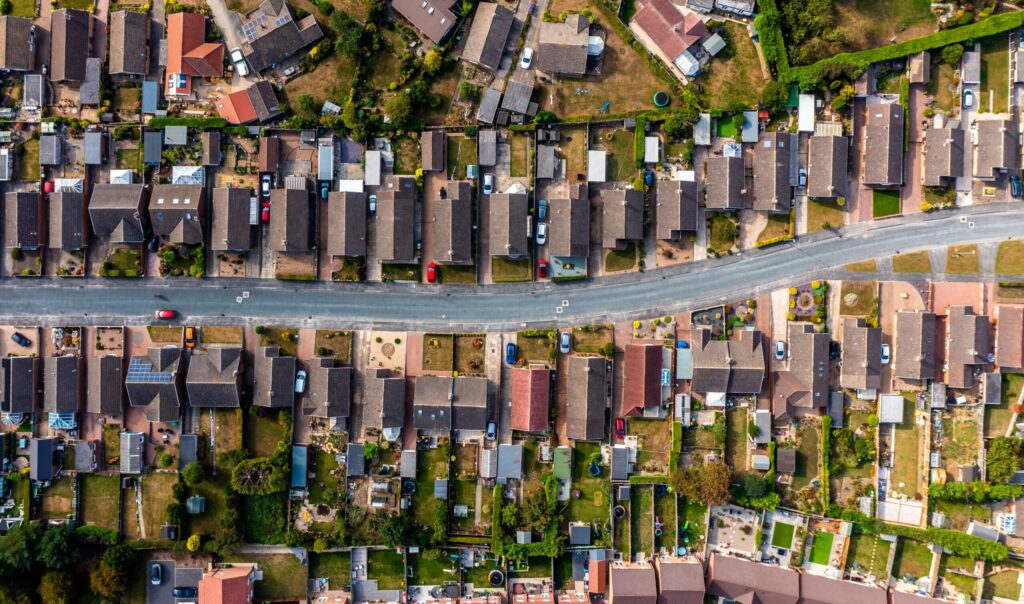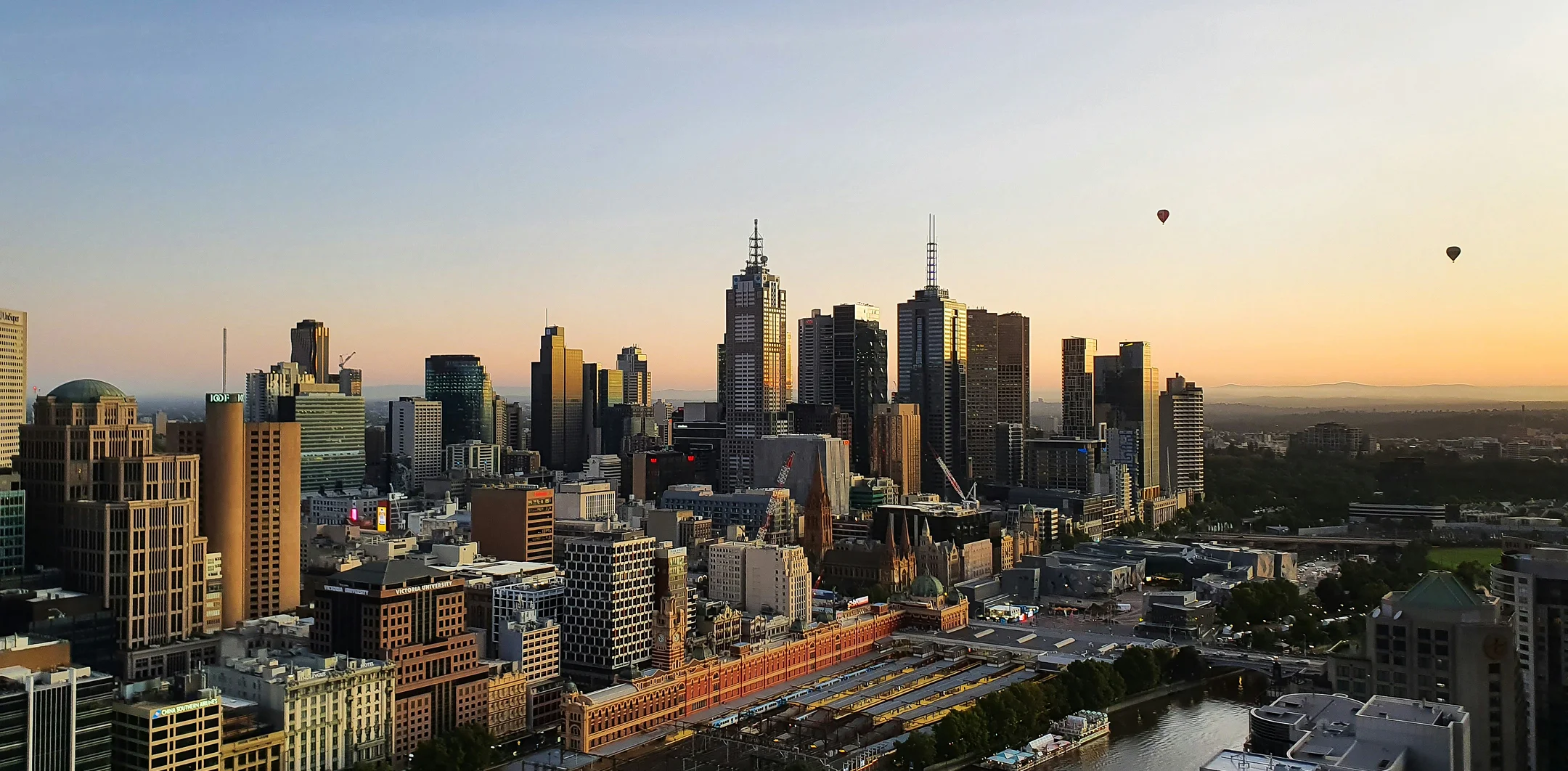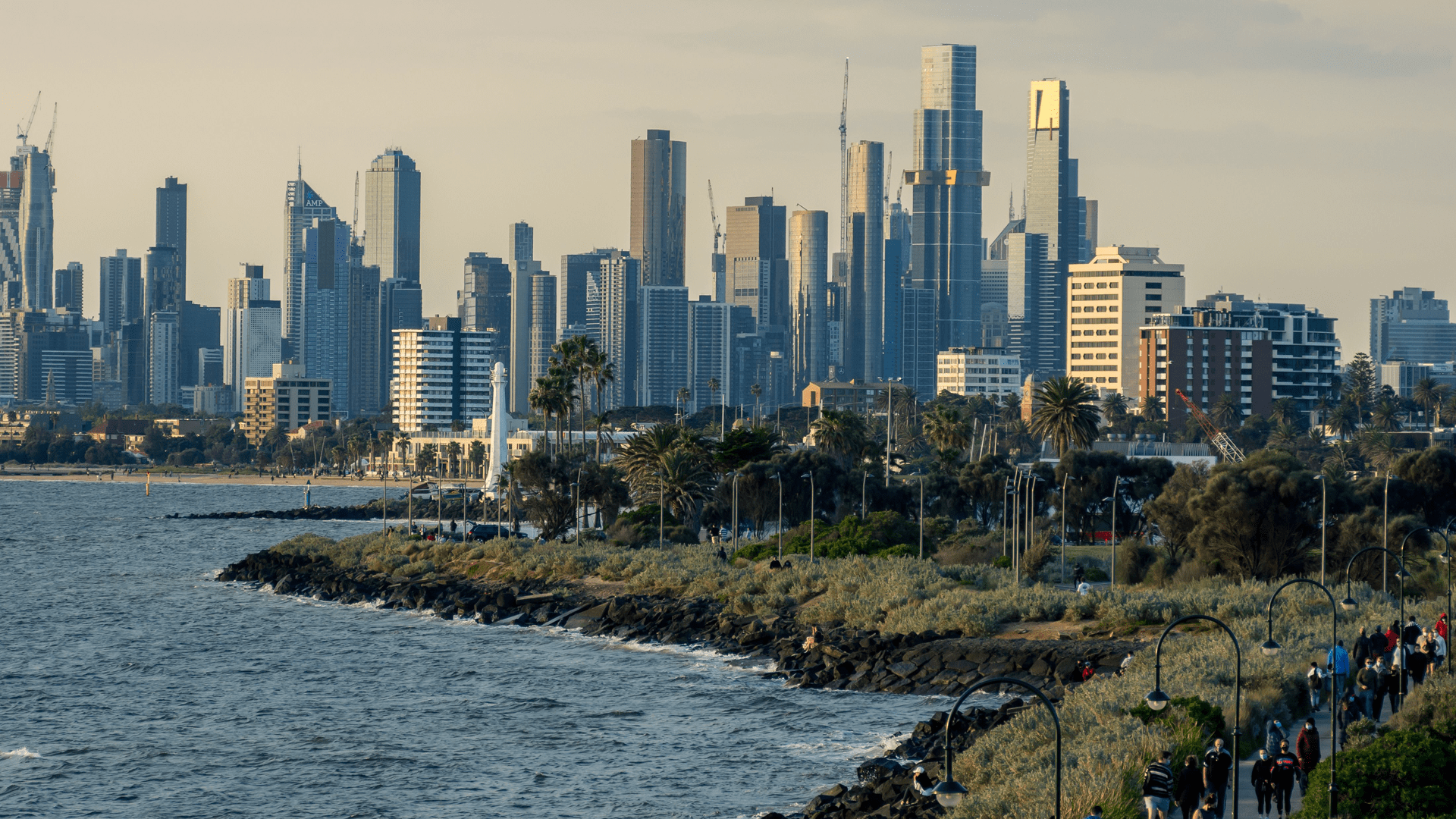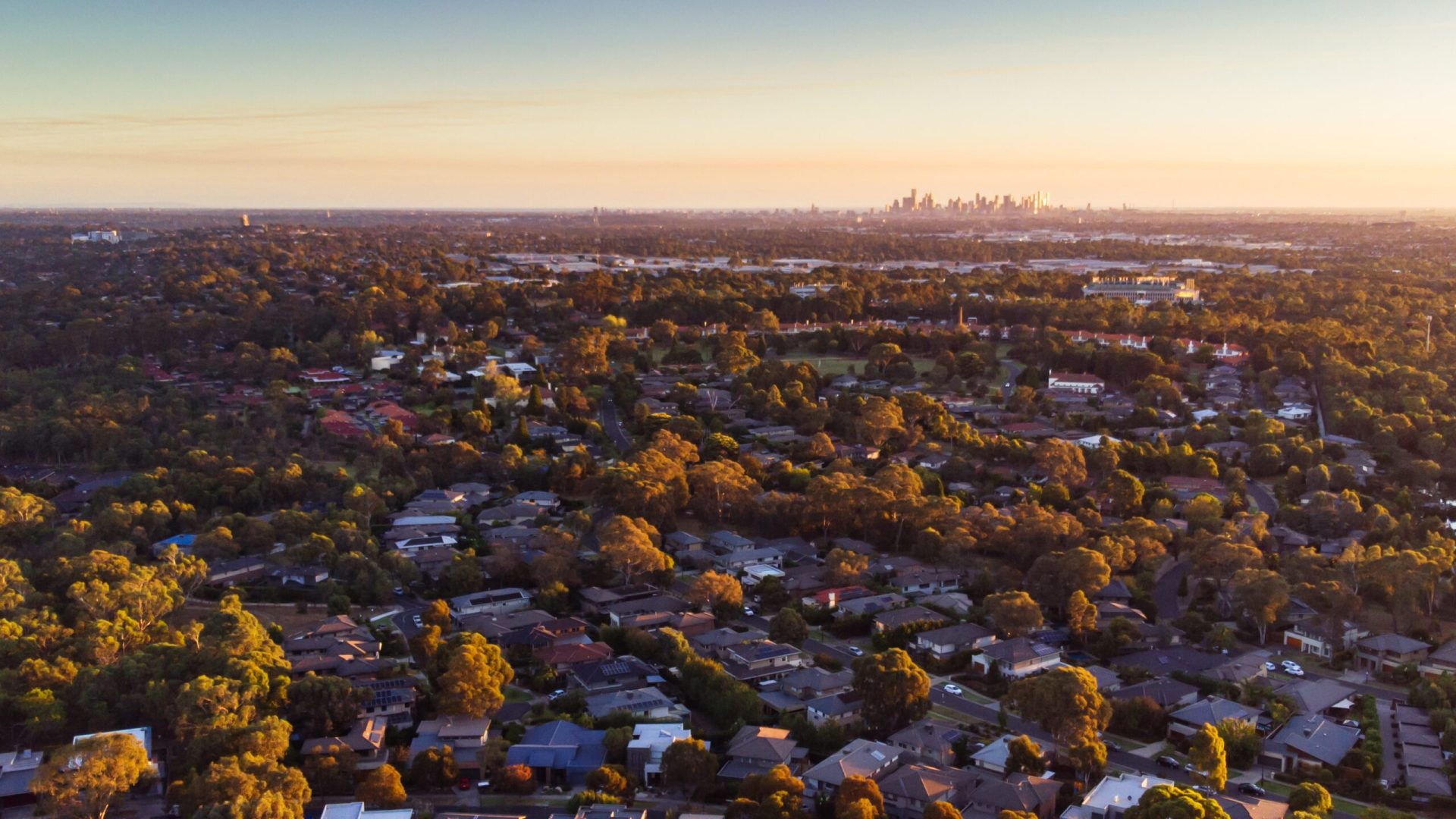Knowledge is power. Understanding the property sector dynamics can make the difference between a successful investment and a missed opportunity.
Recently, the Australian property market has been on an extraordinary trajectory, marked by record-breaking achievements and compelling shifts in demand. One notable indicator of this burgeoning growth is the unprecedented annual rental increase of 11.7% in capital cities. This substantial surge in rental prices has caught the attention of investors and potential homeowners’ attention, prompting them to examine the factors responsible for this remarkable escalation closely.
Read on as we take a look at the property sector for 2023 so far.
Key market considerations for 2023
Projections suggest that Australia’s population will see an impressive increase of 900,000 people by 2025. This population growth stimulates further demand in the property sector, creating an environment of immense potential for investors and developers looking to capitalise on the market’s buoyancy.
The increasing demand for housing has also placed the construction industry under considerable pressure. Construction companies have been grappling with various challenges, and their struggles are evident in the rising number of insolvencies. Alarmingly, construction-related insolvencies have accounted for nearly one-third of all insolvency cases over the past year, signifying the complexities and constraints faced by the industry.
Despite the challenges the construction sector faces, the overall property market has displayed a resilient upward trajectory. Home values have shown a notable upward trend, appreciating by 0.9% since early March. This steady increase in property values has been a reassuring sign for investors, providing a positive outlook for those considering investing in the Australian property market.
The aftermath of the pandemic
The Australian rental market has seen a price surge, which has been great for landlords. Post-pandemic, rents have seen an overall increase of 31.4%, equivalent to a substantial $135 per week. Simultaneously, unit rents have experienced a significant uptick of 34.1%, adding an impressive $140 per week to the rental value.
With demand outstripping supply in many capital cities, vacancy rates have remained near record lows, leading to a rental crisis in certain regions. Apart from Canberra and Hobart, most capital cities are grappling with extremely low vacancy rates, leaving many renters struggling to find suitable accommodation. The situation has caused a strain on housing affordability and raised concerns about the overall availability of rental properties.
The impact of inflation and record rate hikes
The Australian economy experienced surging inflation, reaching its peak in the December quarter of 2022. In response to these soaring price levels and concerns over economic stability, the Royal Bank of Australia (RBA) implemented a series of rate hikes. The current interest rate of 7% clearly indicates that the RBA remains wary of the persistently high inflation rate and its potential impact on the overall economy.
The rapid rate hiking cycle has been a significant source of financial caution for many Australians. Enduring the swiftest rate hike cycle on record, households have faced higher borrowing costs, reduced disposable income, and increased cost of living pressures. As a result, consumer spending has been curtailed, with families tightening their belts and adopting a more cautious approach to managing their finances.
Resurgence in property values
In a promising turn of events for the Australian property market, each of the four largest capitals experienced a lift in value. This upward trend not only signifies a potential turnaround in the market but also indicates an improvement in consumer confidence.
Property investors who remained on the sidelines during the recent downturn now view the current market conditions as an opportune time to enter. With the belief that the market has bottomed out, investors are poised to capitalise on the emerging opportunities and drive further momentum in the property sector.
As the market continues to evolve, there will certainly be a levelling out once interest rates peak. The ongoing rate hiking cycle implemented by the RBA will likely stabilise as economic conditions improve and inflation is controlled. Improved consumer confidence, backed by the anticipation of a more stable market and increased property values, will drive both purchasing and selling activities in the property market.
Find and secure the best investment property in Australia
Confident property investors are created with OpenCorp. We guide you to build a property portfolio and reach your financial goals, all without compromising your lifestyle. Want to learn more? Chat with our experts today.









